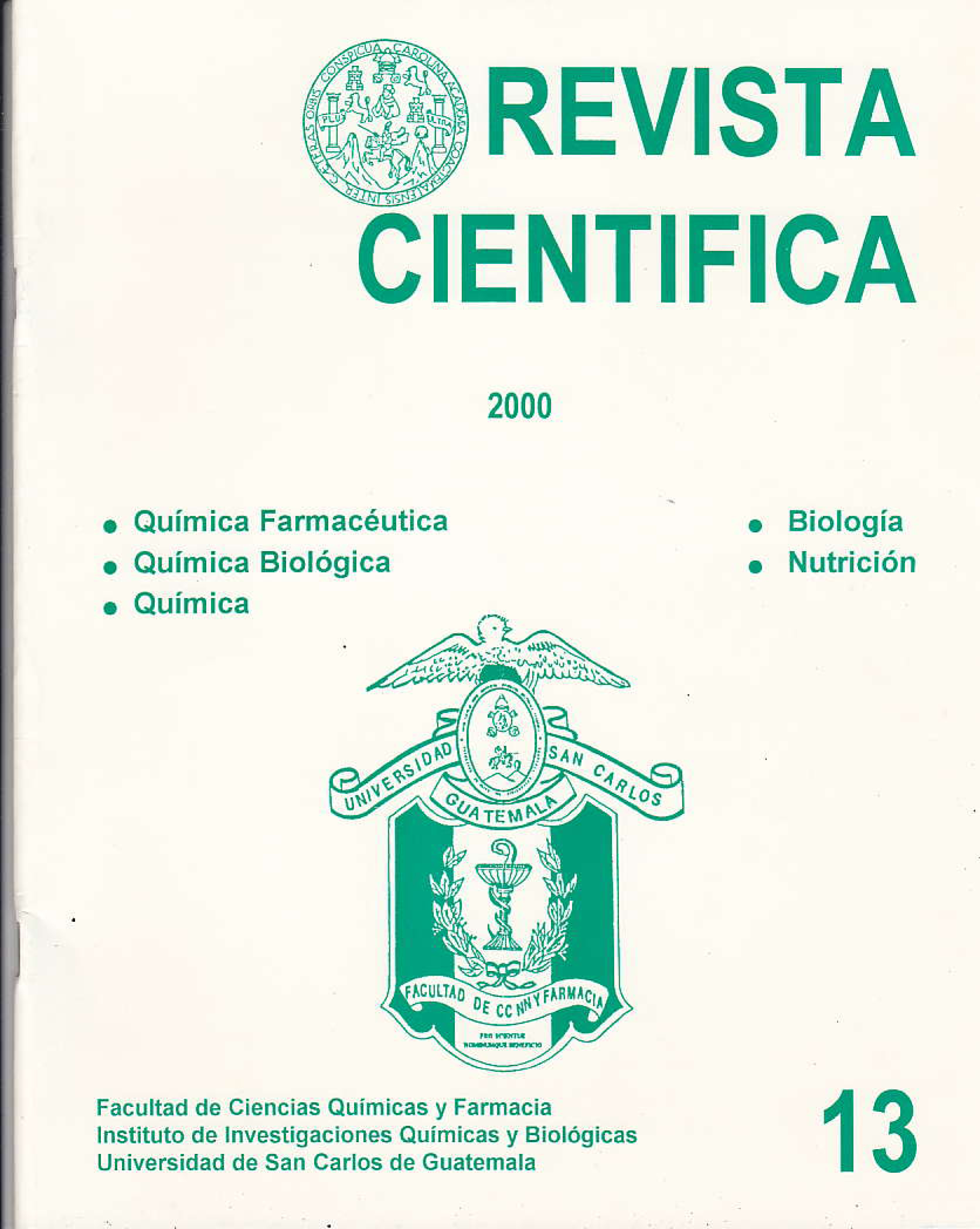Comparison of nutrient content of radish (Raphanus sativus) and chard (Beta vulgaris var. cicla) grown in popular hydroponic gardens and natural substrate (soil).
DOI:
https://doi.org/10.54495/Rev.Cientifica.v13i1.331Keywords:
nutrient content of radish, Raphanus sativus, chard, Beta vulgaris var. cicla, hydroponic gardens, natural substrateAbstract
The research objective is to compare the content of nutrients (water, energy, protein, fat, carbohydrates, ash) and minerals (calcium, phosphorus, iron, zinc, magnesium, manganese, copper, potassium and sodium) in cultivated radish and chard. in popular hydroponic gardens (HHP) and natural substrate! (floor). This is because in many places food is being produced by this method and the nutritional value is unknown. Hydroponics is a method that provides The opportunity for farmers who do not own land or whose land is not suitable for cultivation, to produce vegetables for family nutrition. The sample consisted of a total of 96 radish plants and 79 chard plants. This research was carried out through a split plot arrangement in a randomized block design. In this design, two factors were evaluated, one in large plots consisting of substrate, with three levels, which were (natural substrate, solid substrate and floating root) and the small plots that consisted of the two vegetables. It was grown in three different substrates: natural (soil), solid (50% rice husk - 50% pumice stone) and floating root. Of which five -ecetions of each substrate and each vegetable were made. After the harvests, a proximal chemical and mineral analysis was carried out, which was done in triplicate for each of the nutrients evaluated.Downloads
References
-
Downloads
Published
How to Cite
Issue
Section
License
Copyright (c) 2000 Kathereine Diéguez Meza

This work is licensed under a Creative Commons Attribution 4.0 International License.
Authors who publish with this journal agree to the following terms:
- Authors retain copyright and grant the journal right of first publication with the work simultaneously licensed under a Creative Commons Attribution License 4.0 that allows others to share the work with an acknowledgement of the work's authorship and initial publication in this journal.
- Authors are able to enter into separate, additional contractual arrangements for the non-exclusive distribution of the journal's published version of the work (e.g., post it to an institutional repository or publish it in a book), with an acknowledgement of its initial publication in this journal.
- Authors are permitted and encouraged to post their work online (e.g., in institutional repositories or on their website) prior to and during the submission process, as it can lead to productive exchanges, as well as earlier and greater citation of published work.









